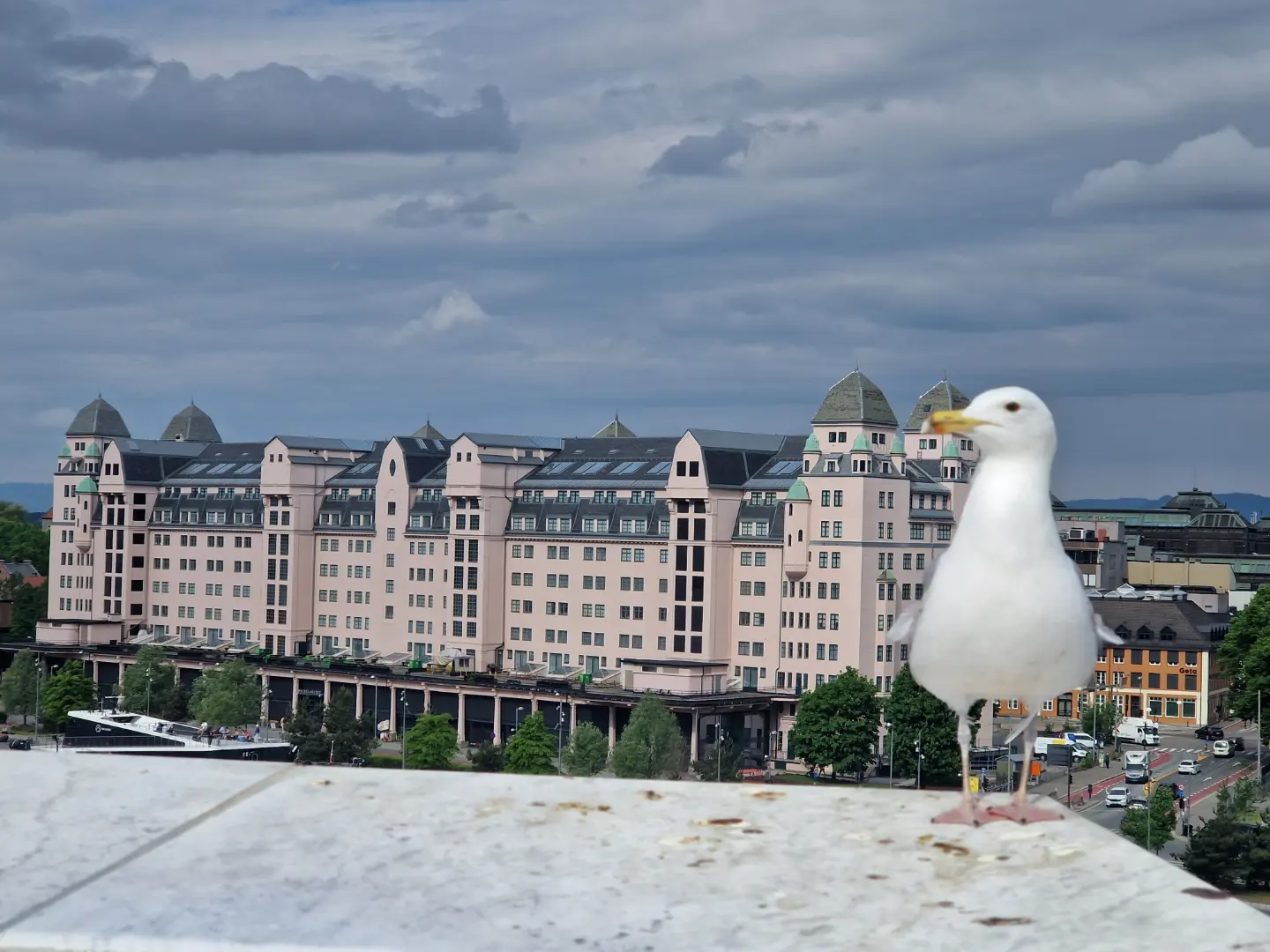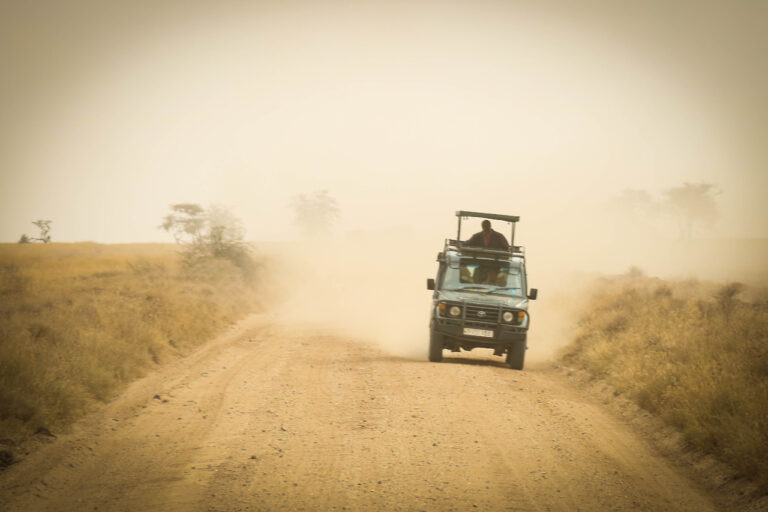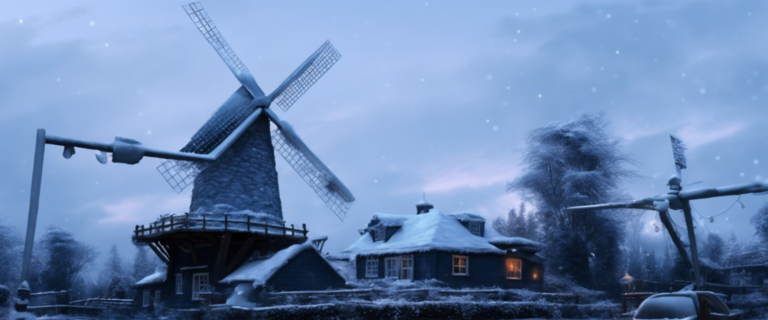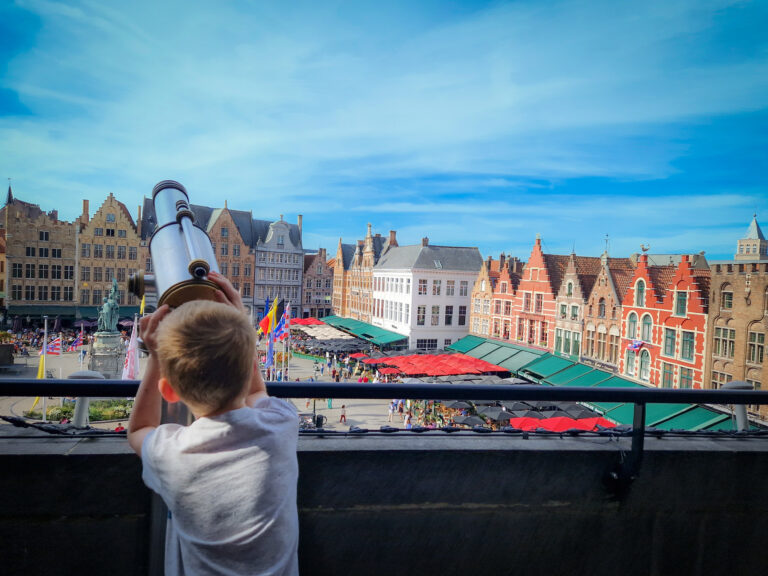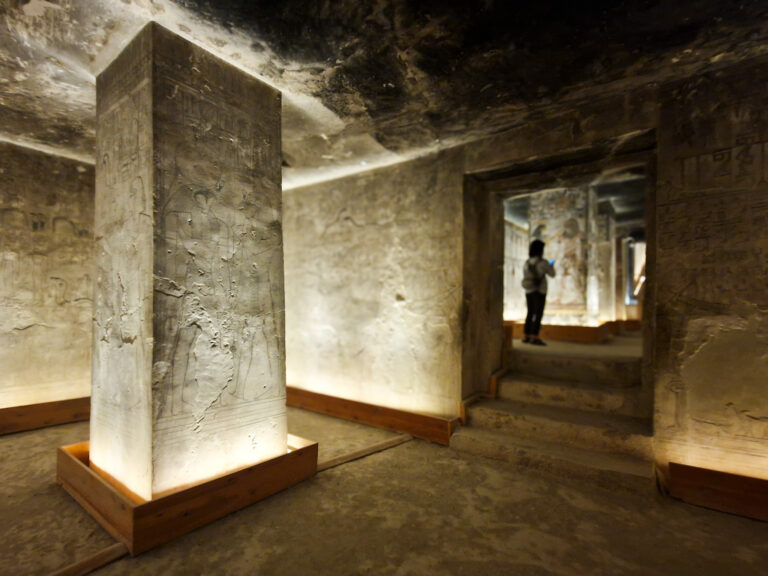Norway
A Lost Journal
This post is about Norway, but it begins in Egypt. As with most of what I write here, it started as a stream of thought, spilling from my mind into a notebook. Dangerous. I felt inspired; it all came together somewhere between Amsterdam and Cairo, only for that notebook to vanish on a train in Luxor, never to be seen again. It seems I’m not responsible enough to keep track of the few belongings I carry from place to place. Maybe it’s a chance to try again, to do it better the second time around.
The loss reminded me of Hemingway’s own disaster, when Hadley, eager to surprise him, packed up all his manuscripts and months of work for a trip to Switzerland. She left them on a bench at the Gare de Lyon in Paris, off to fetch a bottle of water for their little boy, Bumby. And just like that, it was gone.
I have little in common with Hemingway, aside from a shared affection for gin and tonic. But at that moment, I felt we’d both suffered the same fate—only in his case, it’s unpublished masterpieces gathering dust in some thief’s attic. In mine, it’s a lost notebook, and I’ll have to rewrite a few paragraphs about Norway.
But I digress.
Norway: Take Two
What started as one of those late-night conversations with an old friend—full of easy promises like “You should come visit!” and “Oh, I will for sure!”—actually came true. Jack showed up. And we went to Norway.
I’d always dreamed of Norway, imagined those dramatic mountains with cliffs that drop straight into the icy waters of the fjords. Tiny fishing villages, nestled in the mountains, accessible only by boat, their people living off whale blubber and polar bear meat, spending most of the year in the dark grip of the Arctic winter. At least, that’s how I pictured it.
The Oslofjord isn’t the one that graces the cover of National Geographic, but it’s no less impressive for it.
The homes scattered across the wooded hills are painted in deep falu red, bright yellow, and white. I’ve heard it’s actually mandated, as if some regional HOA decided to preserve the beauty of the place—protecting the fjord like a museum piece. But somehow, it all works. It feels harmonious, orderly, maybe even too perfect.
We sailed down the fjord, talking about high school days from twenty years ago—drumline, girls, teachers, dreams realized, and dreams lost. The afternoon sun hung high, as it does in the Norwegian summer, refusing to dip below the horizon. The hills looked wild, untouched, and if you tried hard enough, you could imagine you were far from where you really were—just a two-hour flight from Amsterdam. It felt like a Viking backwater from the early Middle Ages. No resorts, no cruise ships. Just the trees, the hills, and us.
Day Two: Contrasts
We awoke the next morning to try one of those things that most visitors to Oslo likely do: the fjord sauna. All around the waterfront, tiny wooden saunas float in the fjord, rentable for 30 or so minutes at a time and offering the unique chance to feel like you’ve just jumped from the Amazon rainforest into a bucket of ice-water. So why not? It’s one of those experiences that I can’t fully say at the time that I enjoyed, but I am glad that we did it and honestly I’d repeat everyday if I could. I shared with Jack my newfound obsession with taking a ginger-shot every morning – and I decided the sauna/fjord combo was almost like a ginger shot for the whole body. Sudden, intense and reminding you that you are alive.
It turns out that Oslo is a pristine city. I almost feel bad for the seagulls, combing the streets each morning for scraps from the night before and finding none. We walked through the city, each block cleaner and more perfect than the last, and it felt like something was missing—maybe the smell of trash or urine, as if a city needs a bit of dirtiness to feel real. But you won’t find it here. Not in the back alleys, not by the harbor, not even piled up by the dumpsters. Litter simply doesn’t exist in Oslo. It makes you wonder why everywhere can’t be like this, though there’s something about it that feels almost unnatural.
Our Airbnb was in a trendy part of town. We were late thirty-somethings, surrounded by Norwegian hipsters, feeling completely out of place. Eating whale and drinking $14-a-can Norwegian beer (which, sorry guys, isn’t as good as Colorado or Belgian—can’t win at everything). And then it hit me: I was out of my league in Oslo. I’m not trendy enough, not wealthy enough, not polished enough for this city to really be for me. But for a few nights, I didn’t mind pretending.
There’s an idyllic existence carved out here, something uniquely Norwegian, or maybe just Oslo-ean. It’s not pretentious, but it’s not exactly welcoming either—somewhere in between. It’s as if, as a tourist, you’re completely disregarded, but in a way that feels refreshing. You won’t find tour buses or herds of people shuffling through town like lemmings, nor streets lined with souvenir shops selling trinkets that fall apart before you make it home. Instead, you’ll find Norwegians living their lives. And it’s beautiful.
